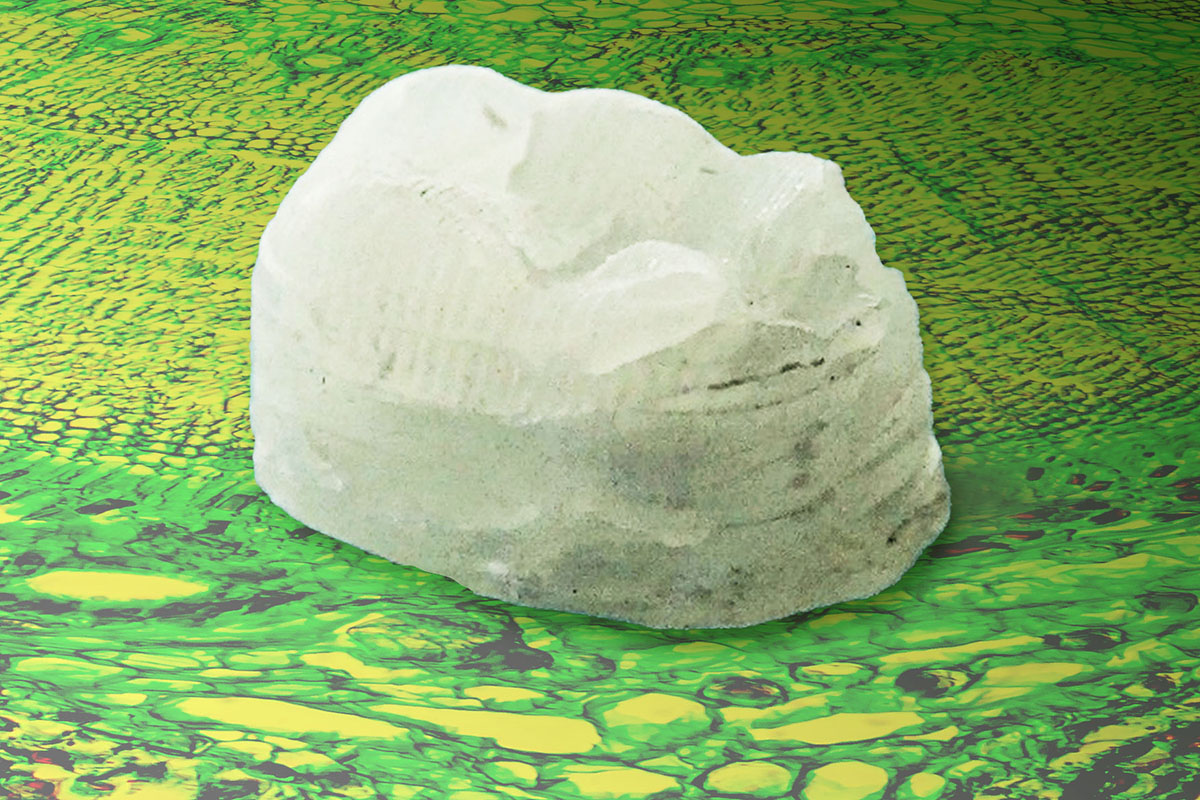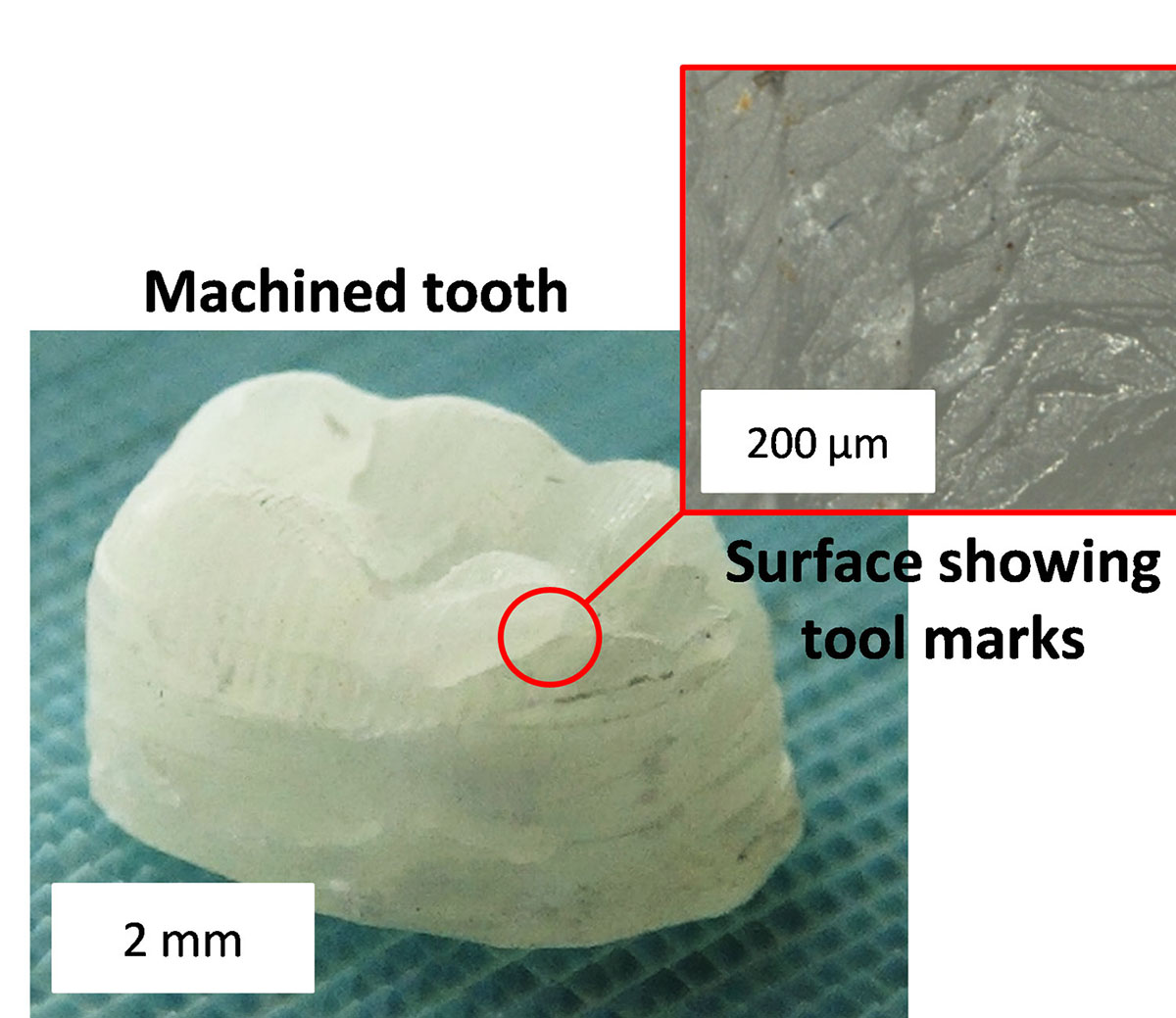Submitted by WA Contents
MIT researchers develop a new plant-derived composite that is tough as bone and hard as aluminum
United States Architecture News - Feb 11, 2022 - 14:53 1573 views

Researchers at Massachusetts Institute of Technology (MIT) has developed a new composite material that is tough as bone and hard as aluminum, following MIT's a new material "that is stronger than steel and as light as plastic" announced in February.
Announced on 10 February, the newly-developed and a new woody composite is "as hard as bone and as tough as aluminum", and the ew material could pave way for naturally-derived plastics.
An MIT team has engineered a composite made mostly from cellulose nanocrystals mixed with a bit of synthetic polymer.
"The strongest part of a tree lies not in its trunk or its sprawling roots, but in the walls of its microscopic cells," said MIT in its press statement.
"A single wood cell wall is constructed from fibers of cellulose — nature’s most abundant polymer, and the main structural component of all plants and algae. Within each fiber are reinforcing cellulose nanocrystals, or CNCs, which are chains of organic polymers arranged in nearly perfect crystal patterns."
"At the nanoscale, CNCs are stronger and stiffer than Kevlar. If the crystals could be worked into materials in significant fractions, CNCs could be a route to stronger, more sustainable, naturally derived plastics," the statement added.
It explained that "the organic crystals take up about 60 to 90 percent of the material — the highest fraction of CNCs achieved in a composite to date."
According to researchers, the cellulose-based composite is stronger and tougher than some types of bone, and harder than typical aluminum alloys. The material has a brick-and-mortar microstructure that resembles nacre, the hard inner shell lining of some molluscs.

The team hit on a recipe for the CNC-based composite that they could fabricate using both 3-D-printing and conventional casting. Image courtesy of the researchers/MIT
This invention provides the team with a recipe for CNC-based composites that they can produce using both 3D printing and conventional casting.
They printed and cast the composite into penny-sized pieces of film that they used to test the material’s strength and hardness. They also machined the composite into the shape of a tooth to show that the material might one day be used to make cellulose-based dental implants — and for that matter, any plastic products — that are stronger, tougher, and more sustainable.
The study was led by A. John Hart, Professor of Mechanical Engineering.
"By creating composites with CNCs at high loading, we can give polymer-based materials mechanical properties they never had before," said A. John Hart.
"If we can replace some petroleum-based plastic with naturally-derived cellulose, that’s arguably better for the planet as well," Hart added.
Hart and his team, including Abhinav Rao PhD ’18, Thibaut Divoux, and Crystal Owens SM ’17, have also published their results on 10 February in the journal Cellulose.
The statement underlined that "the exceptionally strong crystals could be used as natural reinforcements in polymer-based materials. But researchers have only been able to incorporate low fractions of CNCs, as the crystals have tended to clump and only weakly bond with polymer molecules."

The team sculpted the composite into the shape of a tooth to show that the material might one day be used to make wood-derived dental implants — and for that matter, any plastic product — that are stronger, tougher, and more sustainable. Image courtesy of the researchers/MIT
Hart and his team looked to develop a composite with a high fraction of CNCs, that they could shape into strong, durable forms. They started by mixing a solution of synthetic polymer with commercially available CNC powder.
The team determined the ratio of CNC and polymer that would turn the solution into a gel, with a consistency that could either be fed through the nozzle of a 3-D printer or poured into a mold to be cast. They used an ultrasonic probe to break up any clumps of cellulose in the gel, making it more likely for the dispersed cellulose to form strong bonds with polymer molecules.
They fed some of the gel through a 3-D printer and poured the rest into a mold to be cast. They then let the printed samples dry. In the process, the material shrank, leaving behind a solid composite composed mainly of cellulose nanocrystals.
"We basically deconstructed wood, and reconstructed it"
"We basically deconstructed wood, and reconstructed it," Rao said.
"We took the best components of wood, which is cellulose nanocrystals, and reconstructed them to achieve a new composite material."
The team also examined the composite’s structure under a microscopic level, and they observed that grains of cellulose settled into a brick-and-mortar pattern, similar to the architecture of nacre.
According to the team, "in nacre, this zig-zagging microstructure stops a crack from running straight through the material. The researchers found this to also be the case with their new cellulose composite."
They used tool to test the material’s resistance against cracks, starting with first nano- and then micro-scale cracks.
"They found that, across multiple scales, the composite’s arrangement of cellulose grains prevented the cracks from splitting the material. This resistance to plastic deformation gives the composite a hardness and stiffness at the boundary between conventional plastics and metals," added the statement.
"If you could avoid shrinkage, you could keep scaling up, maybe to the meter scale," Rao said. "Then, if we were to dream big, we could replace a significant fraction of plastics,with cellulose composites."
The team is currently looking for alternative ways to minimize shrinkage of gels as they dry. They added that "While shrinkage isn’t much of a problem when printing small objects, anything bigger could buckle or crack as the composite dries."
Red more about MIT's other newly-invented material on WAC.
In February 2021, a Kenyan startup founder Nzambi Matee created a lightweight and low-cost building material that is made of recycled plastic with sand to make bricks that are stronger than concrete material.
Top image: A new woody composite, engineered by a team at MIT, is as hard as bone and as tough as aluminum, and it could pave way for naturally-derived plastics. This image shows a tooth printed by the team resting on a background of wood cells. Image courtesy of the researchers, edited by MIT News.
> via MIT News
